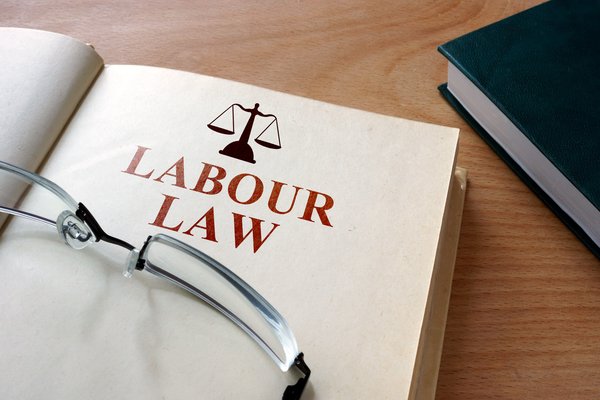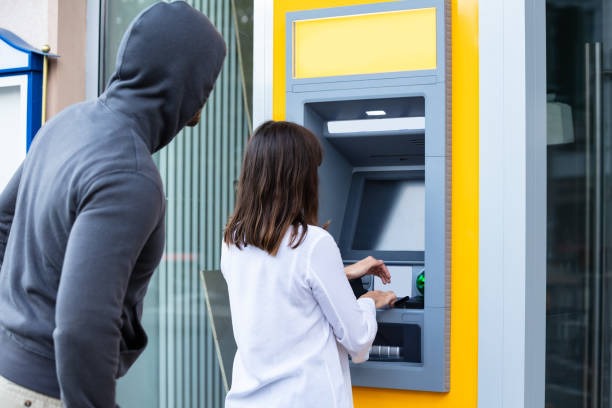DON’T PAY OR AGREE TO PAY; WHAT TO DO WHEN INVOLVED IN A CAR ACCIDENT
No one ever wakes up in expectation of a car accident. Road accidents can be devastating in every countenance.
It’s natural to feel anxious and upset when an accident happens to you because of the financial implications that follow suit.
However, knowing what to do after the accident can help you to stay calm and make it a lot easier to deal with the accident victims with the assistance of your Insurance Company.
Every vehicle driven on the Ugandan roads has insurance, but unfortunately, many licensed drivers are ignorant of its benefits. Because of the anxiety many end up paying or agreeing to pay from the scene without engaging their insurance companies to pay off the victims.
Third-party insurance is by law and a third-party sticker is a must have for every car on the road.
The third-party insurance is supposed to relieve the driver or car owner of the accident costs resulting from death or bodily injuries of persons.
Although the maximum amount payable to the third-party is 1,000,000/=, it is it offers a good start to the driver and the accident victims. There is a proposed new law aimed at increasing the sum to 10,000,000/=
Third party insurance covers payment of death or bodily injury related costs. Property damage is not covered.
Comprehensive motor insurance on the other hand, is optional insurance cover but offers wider and higher coverage of compensation. This cover provides total relief as the insurer not only pays off the third-party for any damage or injury but also compensates the driver or car owner for damage to own car.
When involved in any accident, don’t be anxious. Make use of your insurance and taking the following steps to help you out;
- Check the scene for injuries and danger. Irrespective of how minor the impact of the accident may be, you have to stop and come out of that driving seat to assess the situation. Check yourself and any passengers’ condition and safety as well as your surroundings.
- Move to safety. If you and everyone in your car is okay, move out of possible harm’s way, to the sidewalk way or shoulder of the road. If anyone is injured, rush the victim (s) to the nearest health center to receive first aid. If there is fatality involved, leave the scene immediately for your safety, lest you suffer mob justice.
- Stay calm. Emotions will be running high just after the accident, but try to keep calm. Do not admit or deny liability. Communicate calmly to the accident victims and other drivers and assure them that insurance is to handle the compensation process. Don’t argue over who is to blame for the accident. The insurance company and their lawyers will sort this out.
- Call the police and contact your insurance company. Even if the accident is minor and nobody is hurt, you should call or report to the police and contact your insurance company as soon as possible. The insurer will most likely need the police accident report to process payment.
- Exchange information from the other parties involved in the accident. That includes each driver’s names, driver’s license, address and contacts, the insurer and policy number. Take photographs of all the above documents, and if there are witnesses that may be needed later, get their names and contact information as well.
- Use your cellphone to record what happened. Take pictures and videos of the scene and all the vehicles involved from every angle, showing any damage, surroundings and other relevant evidence such as road hazards and skid marks. This information may be needed by your insurance company and court if the matter happens to be escalated to court.
A certain driver reported to the police an accident but when the accused driver showed up at police with photos and video recordings of the scene the chaser became the chased. So, videos recordings and photographs are vital in accident cases.
The writer is an insurance law practitioner and Managing Partner of Nakiranda & Co. Advocates.
Rebecca Nakiranda
Nakiranda & Co. Advocates
Tel- +256 774 23 0844


